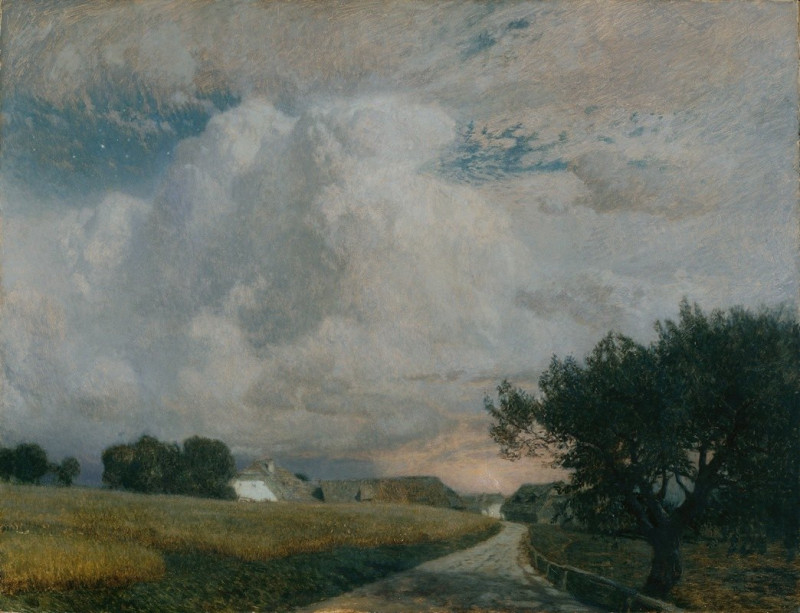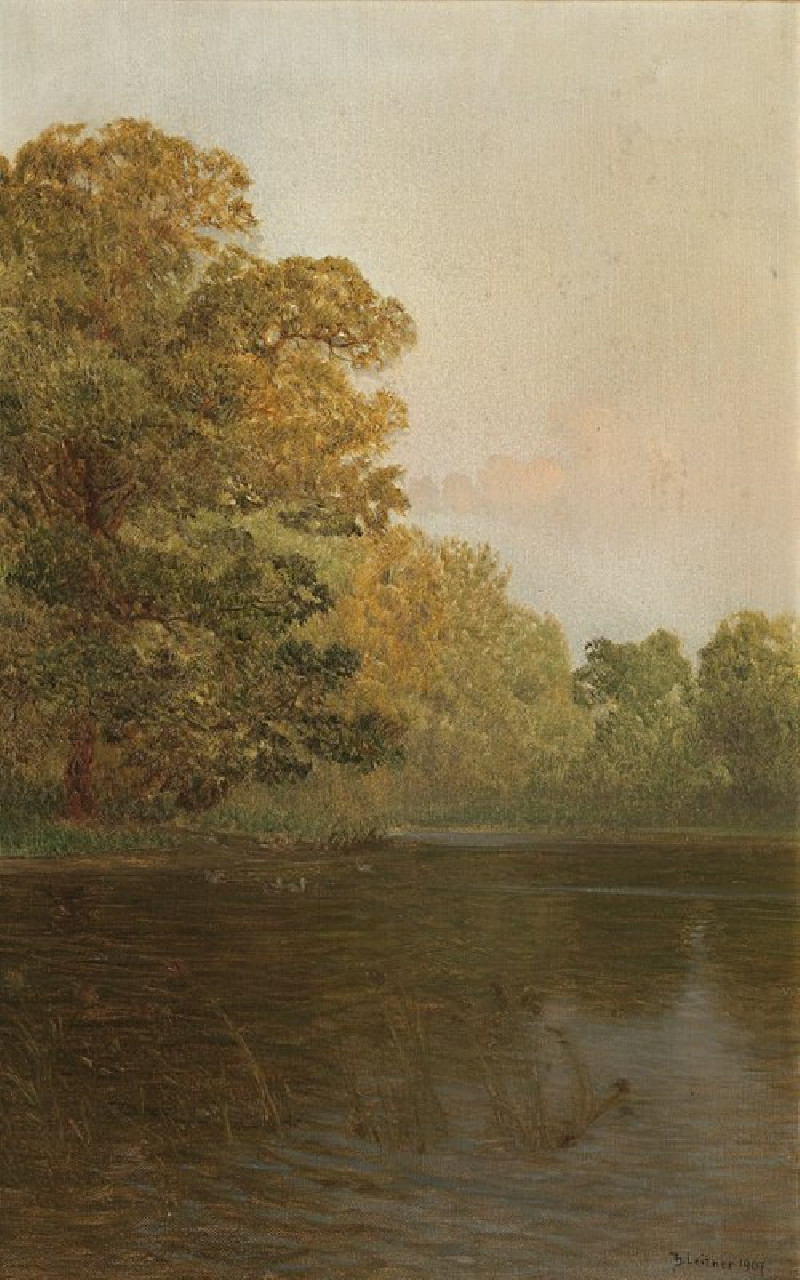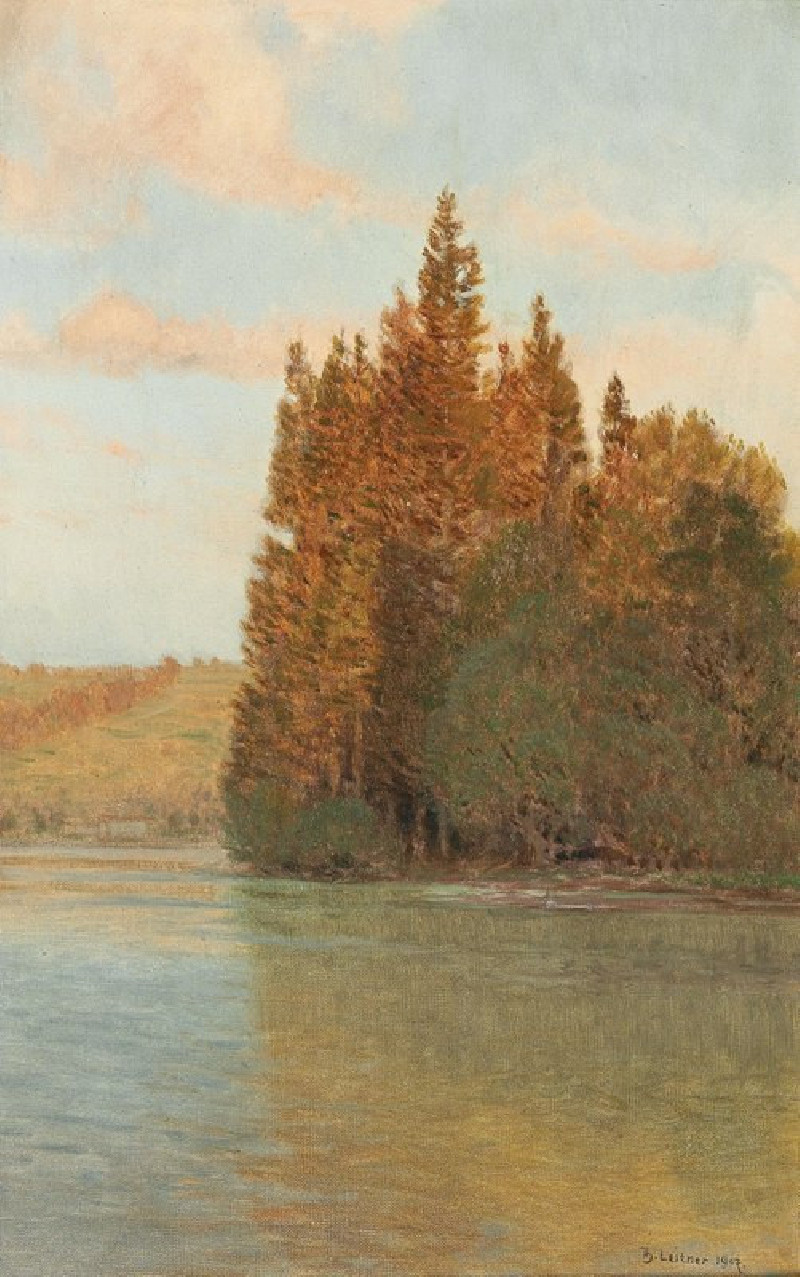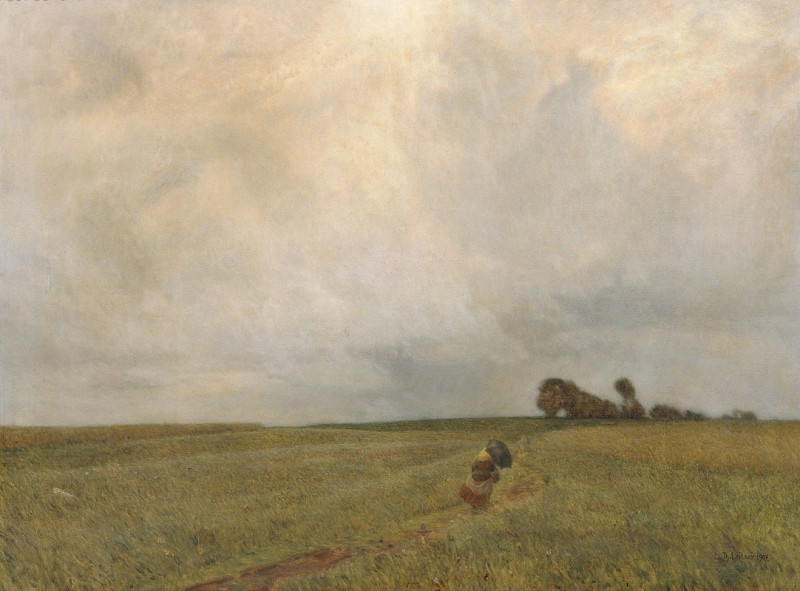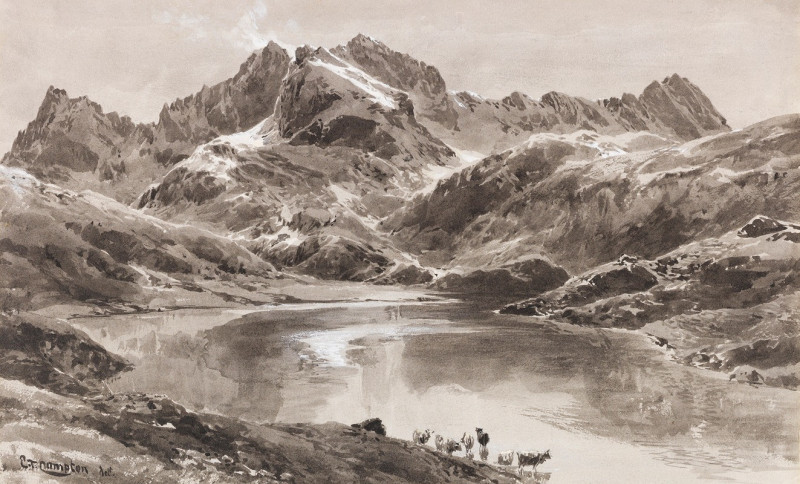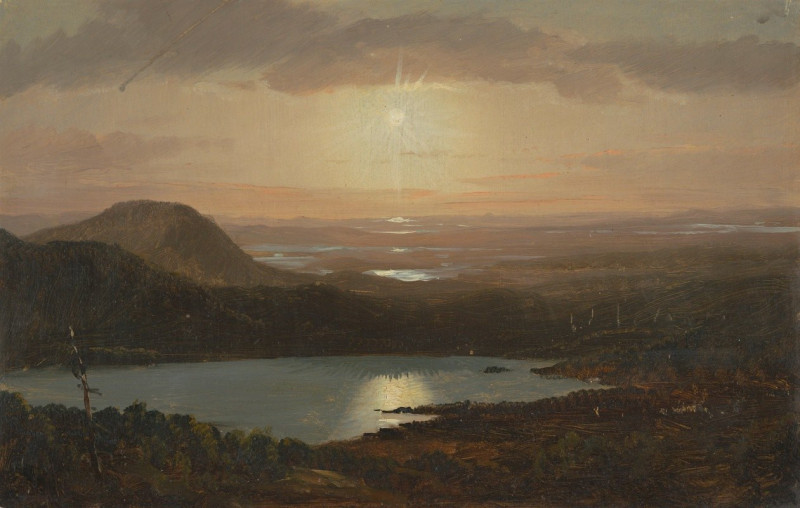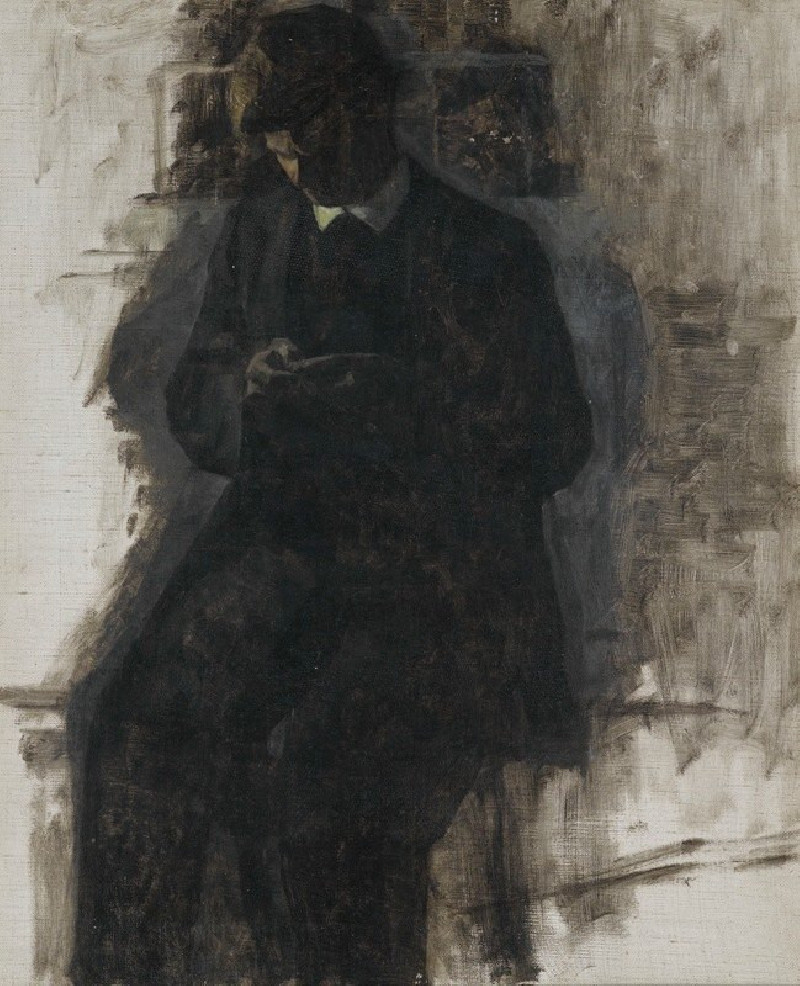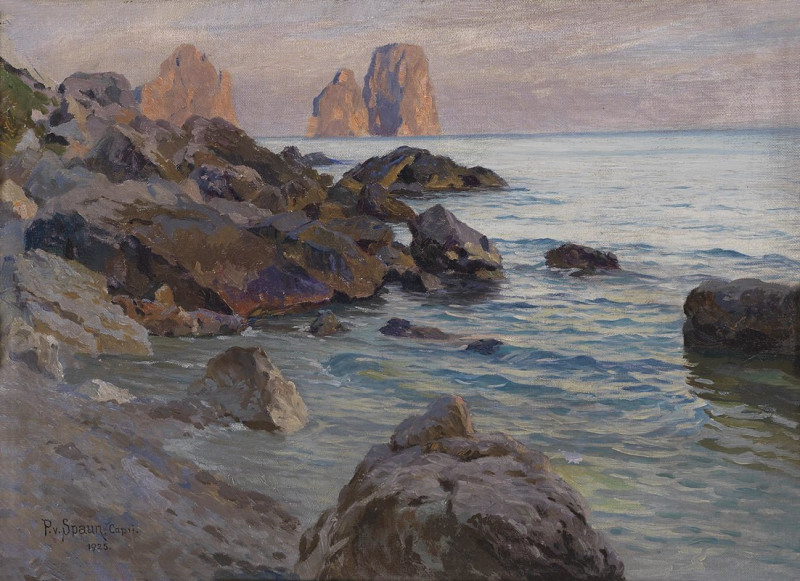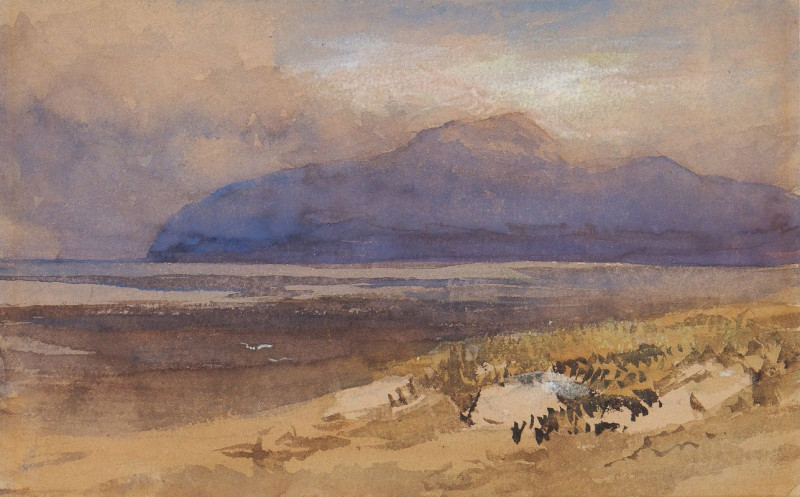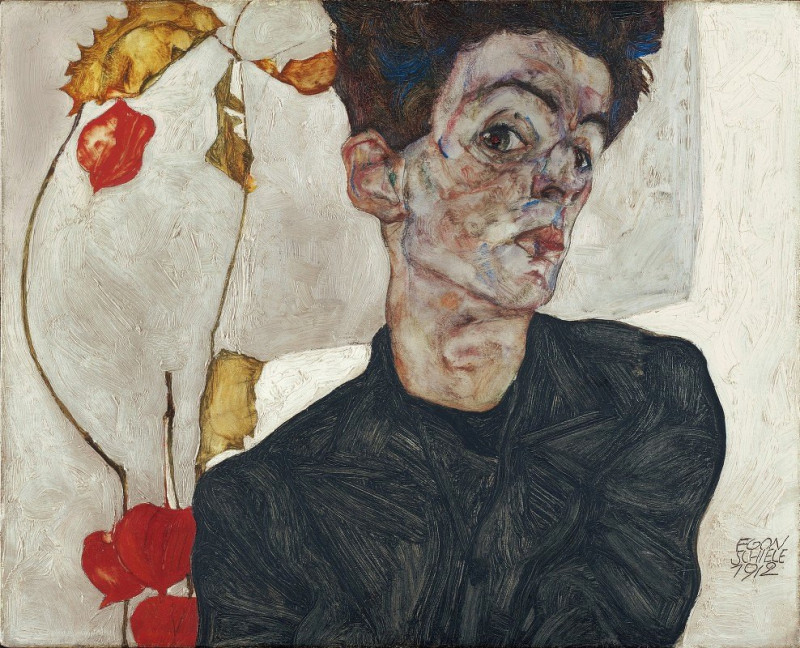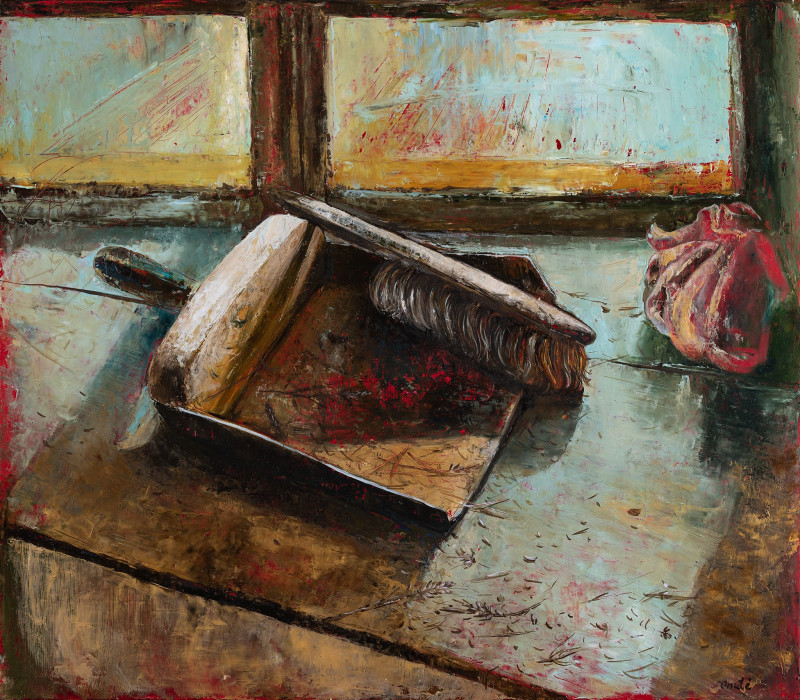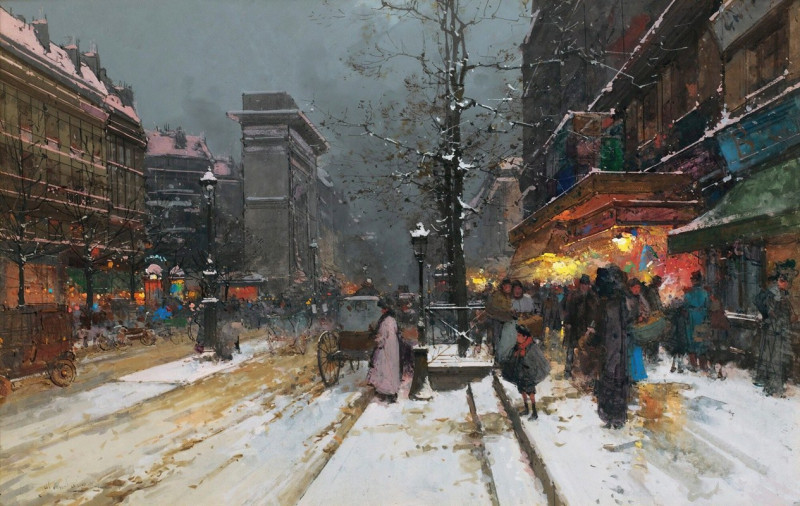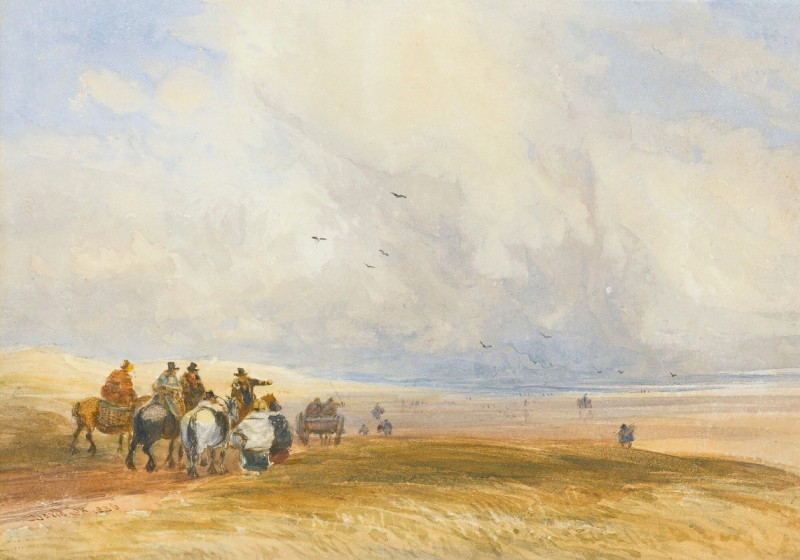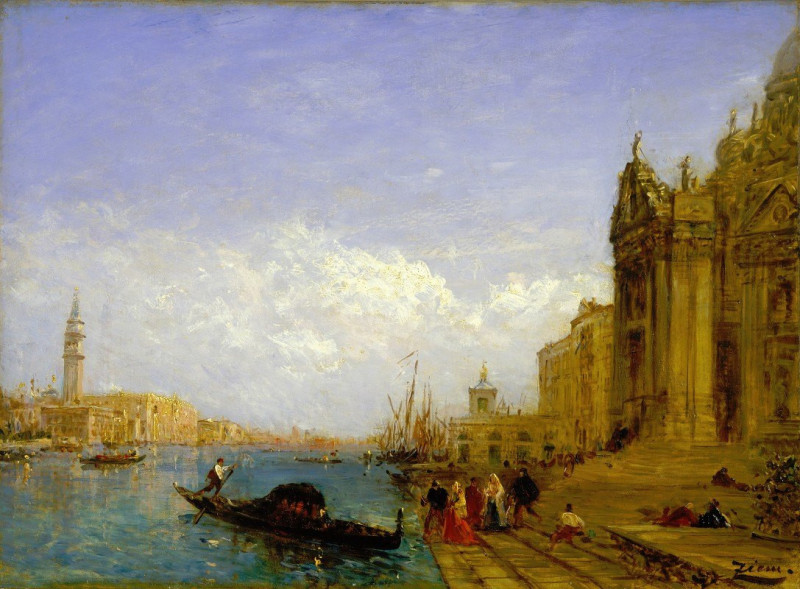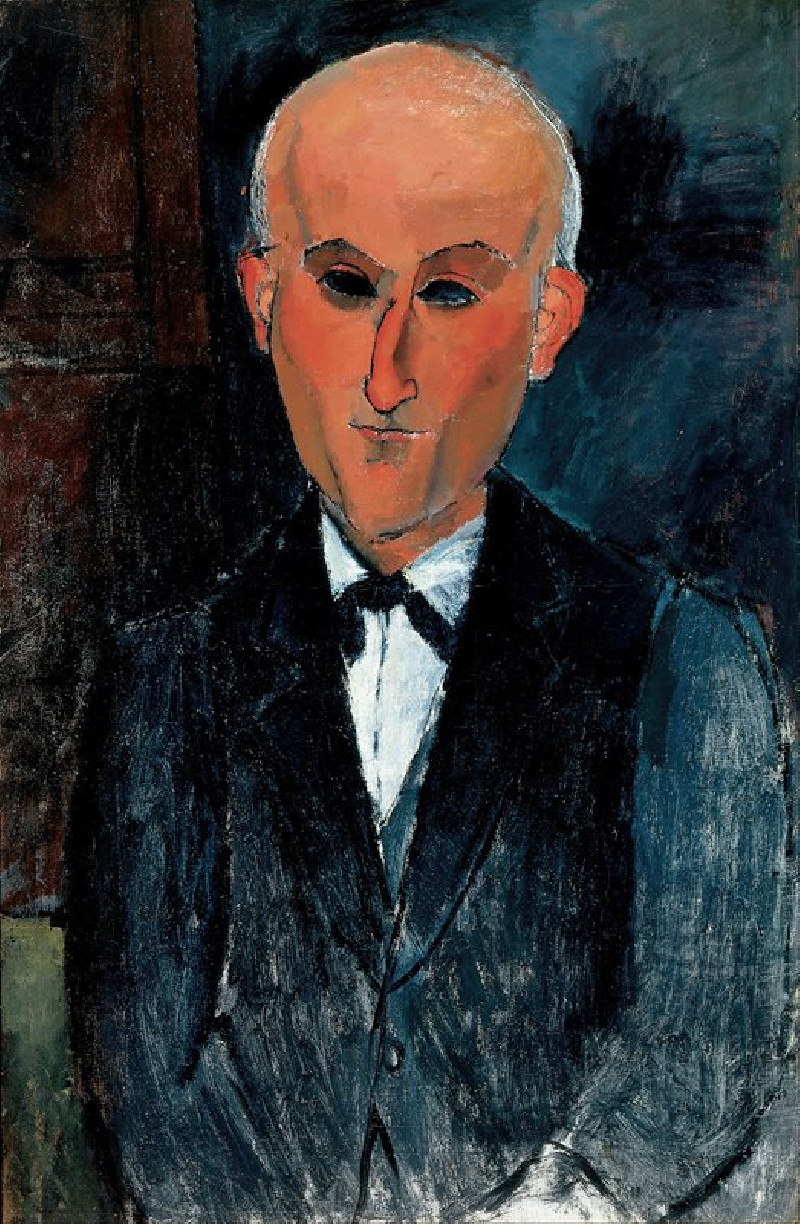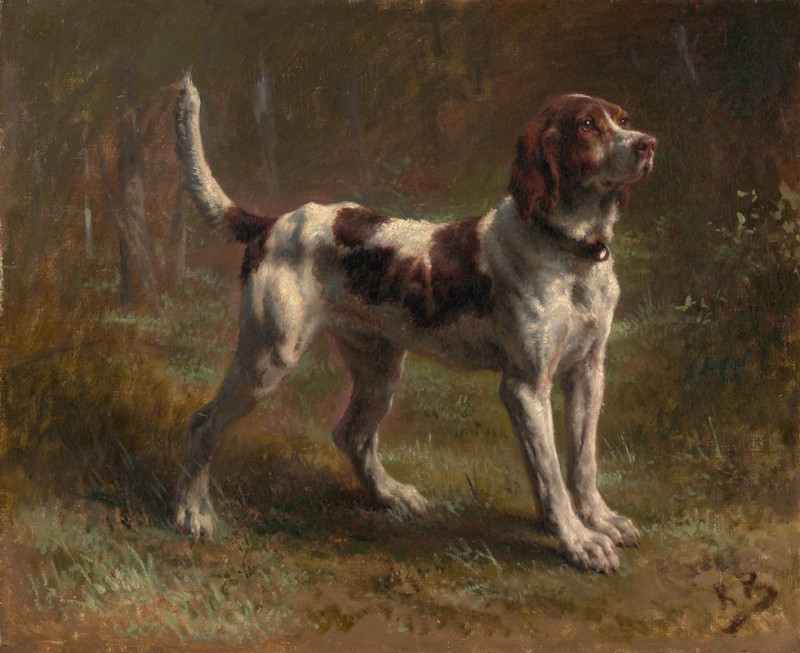Wetterleuchten (1908)
Technique: Giclée quality print
Recommended by our customers
More about this artwork
"Wetterleuchten," painted in 1908 by the talented Thomas Leitner, is a captivating landscape that beautifully encapsulates an impending storm’s quiet prelude. The painting portrays a vast expanse of a rural field under a dramatic, turbulent sky, with swirling clouds that seem to echo with the silent rumble of distant thunder.Central to this serene yet subtly tense composition is a winding pathway leading the viewer’s eye towards a cluster of traditional farm buildings and lush, dark greenery. To the right, a solitary, robust tree stands guard, its dark silhouette stark against the overcast sky, suggesting resilience in the face of nature's looming power.Leitner’s masterful use of muted earth tones contrasts with the dynamic blues and grays of the sky, creating a scene that is both grounding and ethereally suspenseful. This artwork is not just a visual experience but an emotional journey that mirrors the calm before the storm, inviting viewers to reflect on nature's dual persona as both a peaceful and a formidable force.
Delivery
Returns
Thomas Leitner, born in 1876, was an Austrian landscape painter who studied with Franz Rumpler at the Vienna Academy from 1893 to 1905. He painted in the style of mood painting, but also created works in natural symbolism. After finishing the academy, he went on study trips to Italy and Dalmatia. He won the Rome Prize and became a member of the Vienna Künstlerhaus in 1908. Here he often exhibited among others. During the First World War, he worked as a war painter in the Ortler area, in Eastern Galicia and in Capodistria. In 1911 he moved to Waidhofen an der Thaya, where he also received honorary citizenship. He died in Waidhofen an der Thaya in 1949.

